Are you curious about postmodernism and how it has shaped our understanding of art, literature, and culture? Join us as we explore postmodernism meaning, the key concepts and criticisms of this complex and multifaceted movement.
What is postmodernism?
Postmodernism definition: Postmodernism philosophy is a complex and multifaceted movement that encompasses a wide range of disciplines, including art, literature, architecture, philosophy, and popular culture.
At its core, postmodernism theory is a reaction against the modernist movement that dominated the cultural landscape in the early 20th century.
Modernism emphasized the importance of reason, logic, and objective truth, and sought to create a new, rational society based on scientific progress and technological advancement. Postmodernism, on the other hand, rejected the idea of a single objective truth and embraced the notion that truth is subjective and relative.
Postmodernism also rejected the idea that there is a grand narrative or meta-narrative that can explain everything.
Related: Philosophy 101: 10 Philosophical Concepts To Help You Navigate Life’s Complexities
Understanding postmodernism
Postmodernism is a term that has been used in many different contexts and has taken on a variety of meanings over the years. At its core, postmodernism is a cultural and intellectual movement that emerged in the mid-20th century as a response to the perceived limitations of modernism.
Postmodernism refers to a broad movement that developed in the mid-to-late 20th century across philosophy, art, architecture, and culture, marking a departure from modernism.
The prefix “post” in postmodernism characteristics is significant, indicating that it came after modernism and was a reaction to its assumptions and practices. However, postmodernism resists being pinned down to a fixed postmodernism meaning.

Key concepts of postmodernism philosophy
To understand postmodernism meaning, we must start with identifying some of its key ideas:
1. Rejection of absolute truths
Postmodernists reject the very idea of absolute truth – the notion that there exist universal, objective truths that apply to everyone at all times.
Instead, postmodernism definition argues that what counts as “true” depends on context and is shaped by social, historical and political factors.
2. Relativism
Closely related to the rejection of absolute truths is postmodernism’s embrace of relativism – the view that knowledge, truth, and morality exist in relation to culture, society, or historical contexts, and are not absolute.
Postmodernists deny that there are universal standards against which knowledge and moral claims can be judged.
3. Suspicion of grand narratives
Grand narratives or “meta-narratives” refer to all-encompassing theories that claim to explain and justify human existence. Examples include religious stories of redemption and Marxist theories of social revolution.
Supporters of postmodernism characteristics are skeptical of grand narratives, seeing them as oppressive or politically motivated.
4. Decentered individual
For postmodernists, there is no fixed, unitary self or human nature. Rather, individual identity is socially constructed and informed by culture and history. The individual self is “decentered” and fragmented.
5. Celebration of difference
As a critique of alleged Western biases toward unity, homogeneity and universality, postmodernism theory embraces difference, multiplicity and heterogeneity. It celebrates the unique perspective and experiences of marginalized groups.
6. Hyperreality
This concept describes how simulated or artificial experiences and representations have become “more real than real.” For example, through mass media and digital technology, we increasingly experience a constructed “hyperreality” that obscures the difference between true and false.
The above ideas provide a basic idea of postmodernism meaning, though critics argue that postmodernism resists having a fixed definition.
Related: Navigating Modern Spirituality: A Guide To Finding Your Spiritual Path
Postmodernism in art
Postmodernism in art is characterized by a rejection of traditional forms and a willingness to experiment with new styles and techniques. Postmodernism in art often incorporates elements of popular culture and blurs the line between high and low art.
One of the most famous examples of postmodernism in art is Andy Warhol’s series of Campbell’s Soup Can paintings. Warhol’s work challenged traditional notions of art by elevating a mass-produced object to the level of high art.
Another important postmodern artist is Cindy Sherman, who is known for her photographs that explore issues of gender, identity, and representation.
Sherman’s work challenges traditional notions of beauty and the female form by presenting a series of photographs in which she appears in a variety of guises, from Hollywood starlet to grotesque clown.
Postmodernism in literature
Postmodernism in literature is characterized by a rejection of traditional narrative structures and a willingness to experiment with form and style. Postmodern literature often blurs the line between fiction and reality and challenges the authority of the author.
One of the most famous examples of postmodernism in literature is Jorge Luis Borges’ short story “The Garden of Forking Paths.” Borges’ work challenges the idea of a single, objective reality by presenting a series of parallel universes in which different versions of the same story unfold.
Another important author of postmodernism in literature is Thomas Pynchon, whose novels, including “Gravity’s Rainbow” and “The Crying of Lot 49,” challenge traditional notions of narrative structure and push the boundaries of language and form.
Postmodernism in architecture
Postmodernism in architecture is characterized by a rejection of the strict functionalism of modernism and a willingness to incorporate elements of historical styles and decorative ornamentation.
Postmodernism in architecture often incorporates playful elements and a sense of humor.
One of the most famous examples of postmodern architecture is Michael Graves’ Portland Building, which features a playful mix of classical and modern elements, including columns and arches alongside a glass and steel façade.
Another important architect of postmodernism in architecture is Frank Gehry, whose buildings, including the Guggenheim Museum in Bilbao, challenge traditional notions of form and function and incorporate elements of sculpture and art.
Postmodernism in popular culture
Postmodernism meaning has had a significant impact on popular culture, influencing everything from advertising to television to fashion. Postmodernism characteristics in popular culture are represented by a willingness to mix and match styles and references from different eras and a sense of irony and self-awareness.
One of the most famous examples of postmodernism theory in popular culture is the television show “The Simpsons,” which blends high and low culture and features a wide range of cultural references and parodies.
Another important example of postmodernism philosophy in popular culture is the work of fashion designer Vivienne Westwood, who is known for her playful mix of historical and modern styles and her use of unconventional materials and techniques.
Related: 10 Reasons Why Modern Relationships Fall Apart So Easily
Criticisms of postmodernism
While postmodernism has had a significant influence on many areas of culture and thought, it has also faced criticism from various quarters. Here are some common criticisms of postmodernism:
1. Lack of coherence
Critics argue that postmodernism characteristics are a fragmented and incoherent movement, lacking a clear set of principles or goals. This makes it difficult to define and understand what postmodernism is or what its aims are.
2. Relativism
Postmodernism’s rejection of objective truth and authority has been criticized for promoting relativism, which some argue leads to a lack of moral and ethical standards. Critics argue that without a shared understanding of what is right and wrong, society risks falling into chaos.
3. Anti-science
Some critics argue that postmodernism meaning is anti-science, promoting a distrust of scientific inquiry and evidence-based reasoning. This can have negative consequences for areas such as public health and environmental policy.
4. Elitism
Postmodernism’s emphasis on challenging traditional forms and structures has been criticized for being elitist and inaccessible to the general public. Critics argue that this focus on experimentation and innovation can lead to a lack of appreciation for more traditional forms of art and culture.
5. Political correctness
Some critics argue that postmodernism philosophy has contributed to the rise of political correctness, which they see as stifling free speech and academic inquiry. This is due to postmodernism’s emphasis on the social construction of language and identity, which some argue has led to a culture of hypersensitivity and censorship.
6. Lack of progress
Postmodernism’s rejection of grand narratives and meta-narratives has been criticized for promoting a lack of progress and advancement. Critics argue that without a shared goal or vision for the future, society risks stagnation and complacency.
These are just some of the criticisms that have been leveled at postmodernism over the years. Despite these criticisms, however, postmodernism theory continues to have a significant impact on our culture and our understanding of the world around us.
Related: How Modern Dating Is Killing Real Love
How postmodernism has influenced contemporary culture
Here are some ways postmodernism meaning and concepts have influenced contemporary culture:
1. Relativism and skepticism
Postmodernism definition’s rejection of absolute truths and embrace of relativism has influenced contemporary culture in making people more skeptical of claims to objective knowledge and unwavering in beliefs. There is a greater tolerance for different perspectives.
2. Diversity and identity politics
Postmodern celebration of difference and marginalized perspectives has fostered support for diversity and identity politics. There is more appreciation for multiculturalism and recognition of minorities.
3. Hybridity and blurring of boundaries
Postmodern collapse of rigid dichotomies has led to more experimental and hybrid cultural forms, from music genres to fashion. There is a blurring of boundaries between “high” and “low” culture.
4. Fragmentation and pastiche
Postmodern critique of coherence and unity has resulted in a cultural preference for fragmentation, pastiche and eclecticism. There is less demand for consistency and integrity in art and media.
5. Simulation and hyperreality
Postmodernism definition and concepts of simulacra and hyperreality aptly describe the simulated and artificial nature of much of contemporary media and consumer culture. Reality is often replaced by simulations and images.
6. Deconstruction
Postmodern practice of deconstruction, or questioning underlying assumptions and hierarchies, has influenced critical thinking in academia and popular culture. There is more scrutiny of cultural norms and institutions.
7. Individualism
The postmodern “death of the author” and decentered self have reinforced individualism and the prioritization of personal experience over grand ideologies. There is less faith in collective endeavors.
Postmodernism has profoundly shaped contemporary culture by promoting skepticism, relativism, diversity, hybridity, fragmentation, simulation and individualism, while questioning the very concepts of truth, knowledge, identity and cultural value.
However, some critics argue postmodernism meaning and insights have been misapplied or trivialized in popular culture.
Related: 10 Unwritten Rules Of Modern Dating
Takeaway
Postmodernism is a movement that has had a profound impact on our culture and our understanding of art, literature, architecture, and popular culture. Postmodernism challenges traditional notions of truth and authority and embraces the idea that truth is subjective and relative.
Postmodernism has also been characterized by a willingness to experiment with form and style and a sense of playfulness and humor. Whether you love it or hate it, postmodernism has had a lasting impact on our cultural landscape and will continue to shape our understanding of the world around us for years to come.
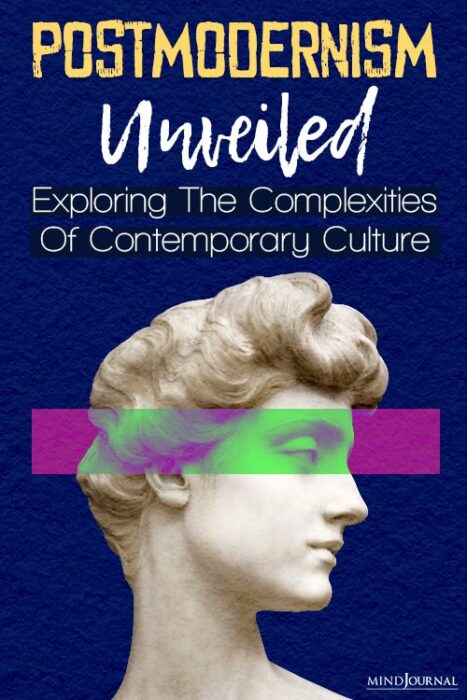
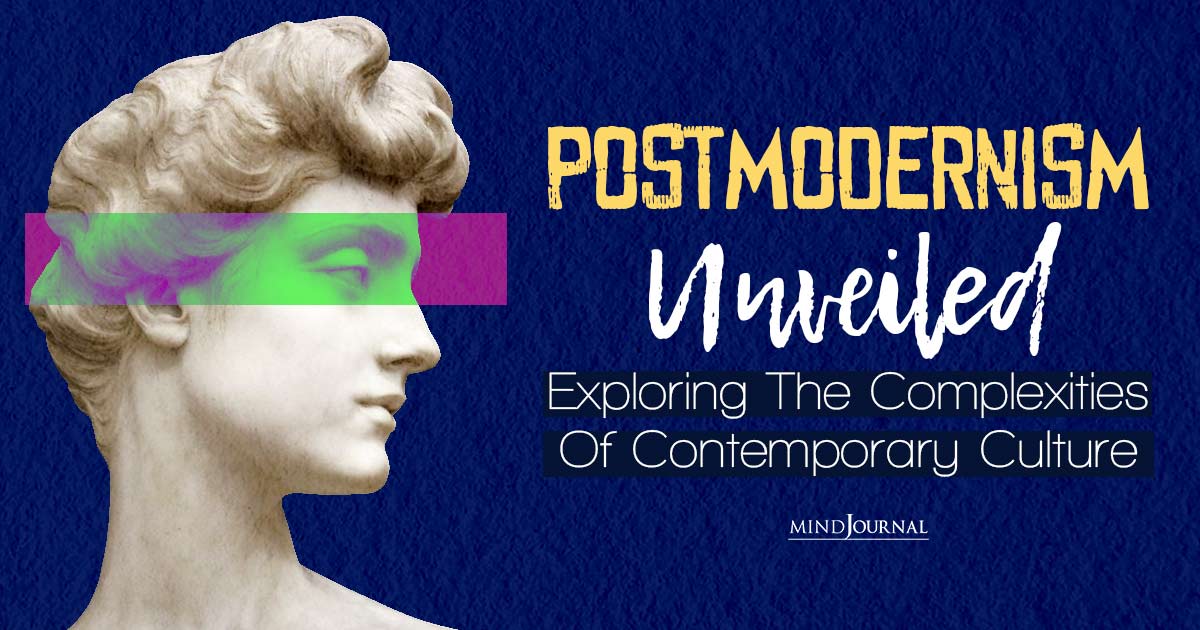
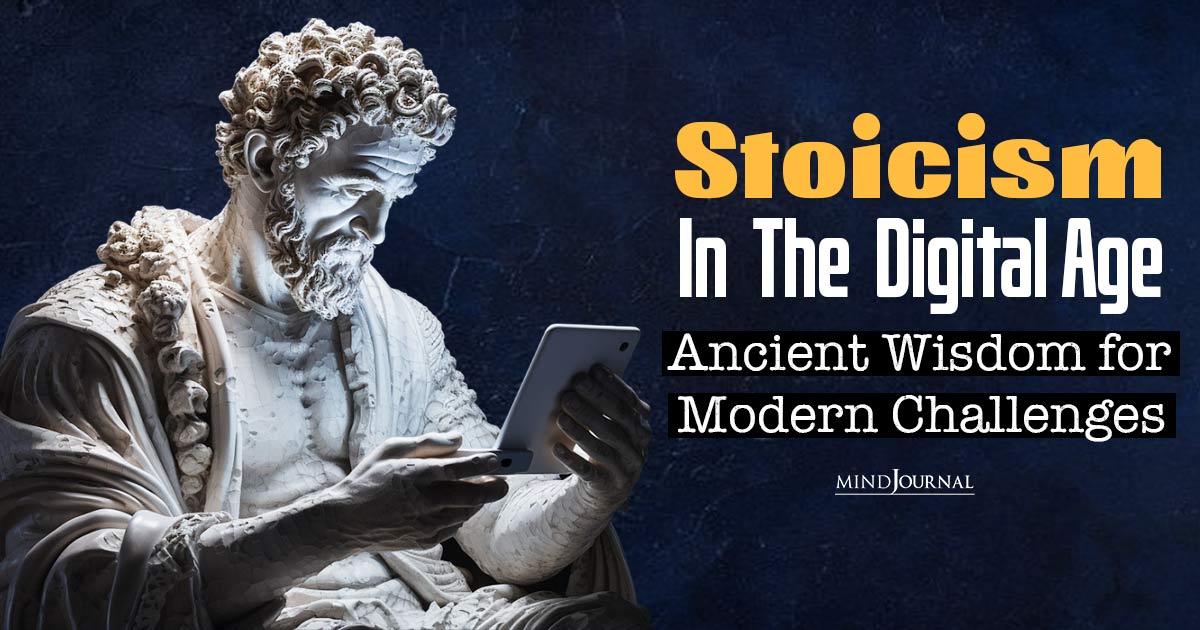


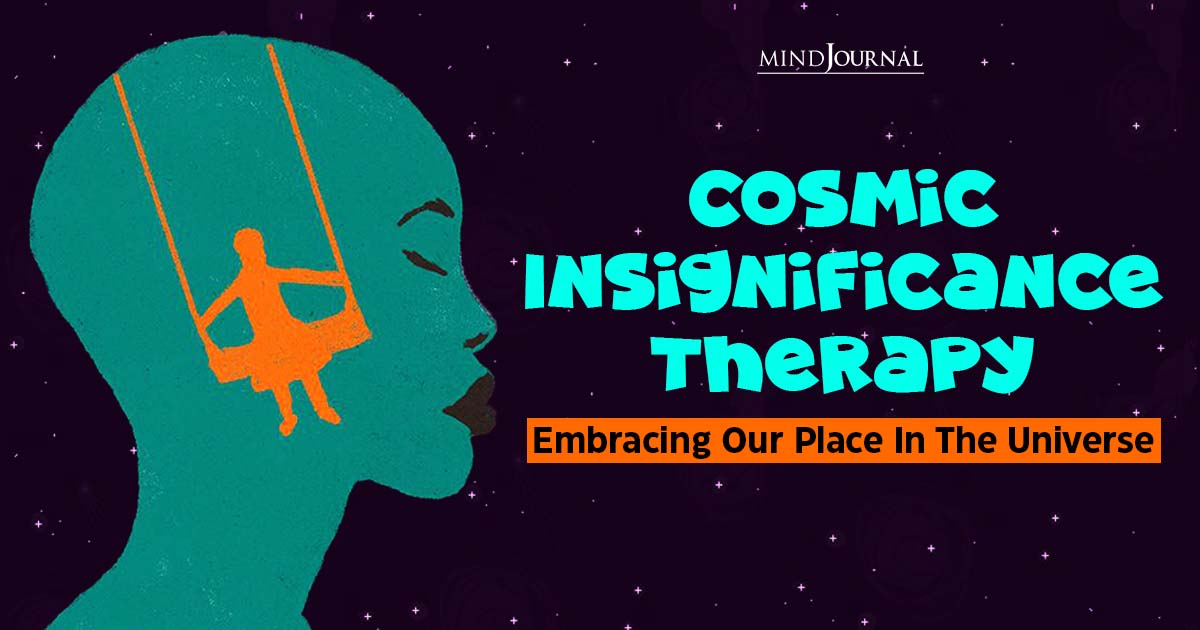
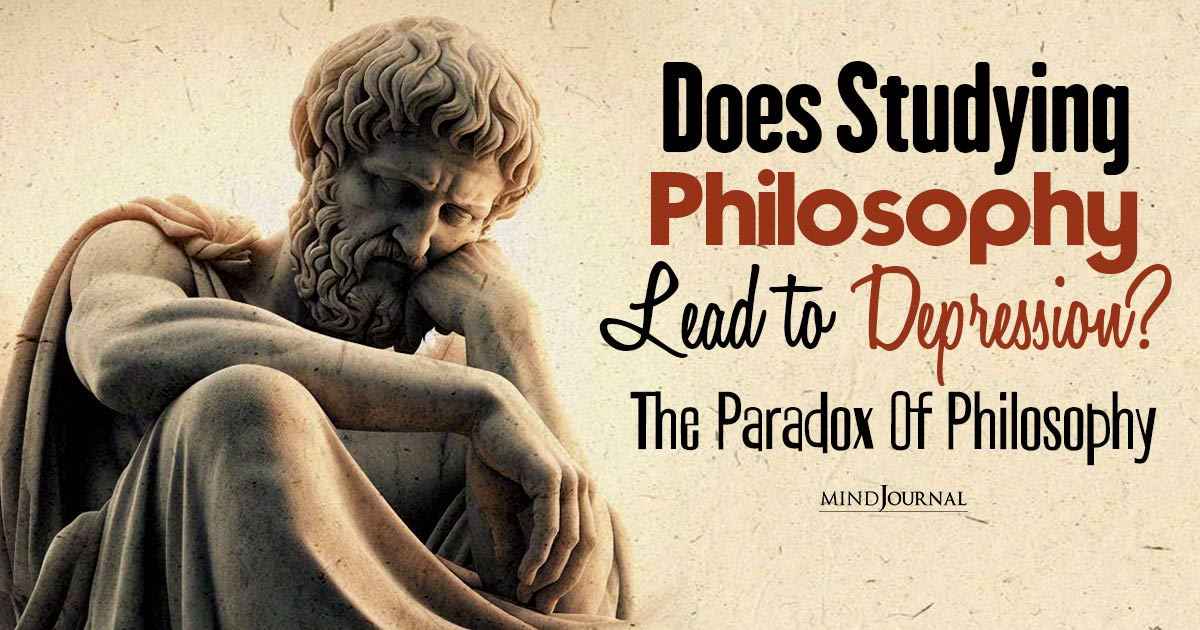
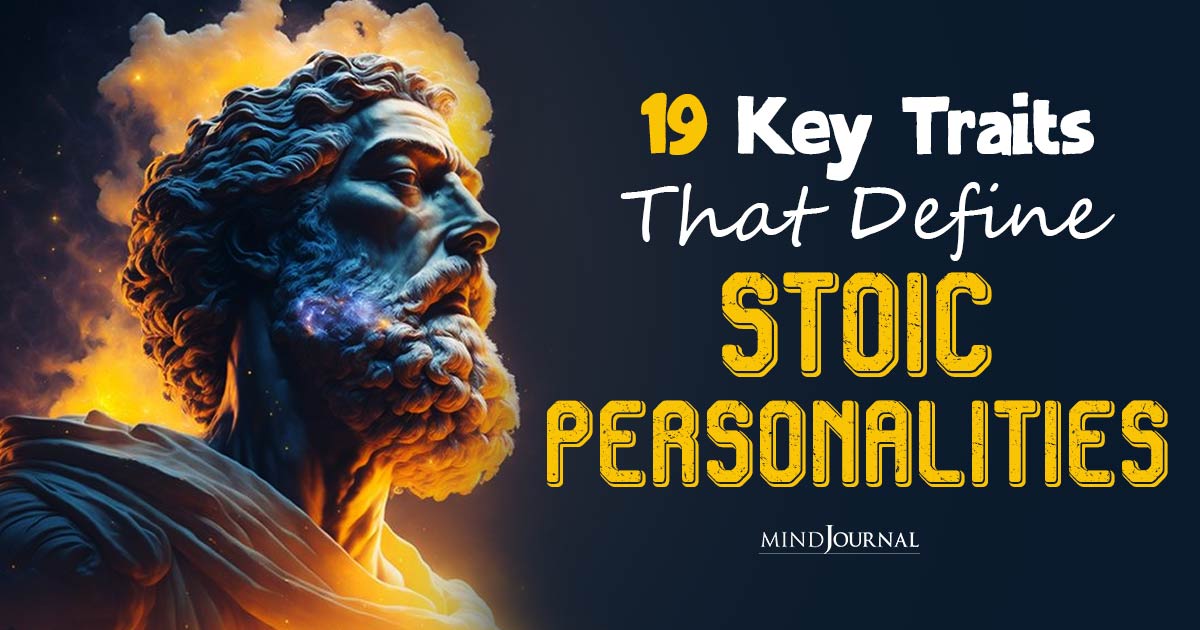
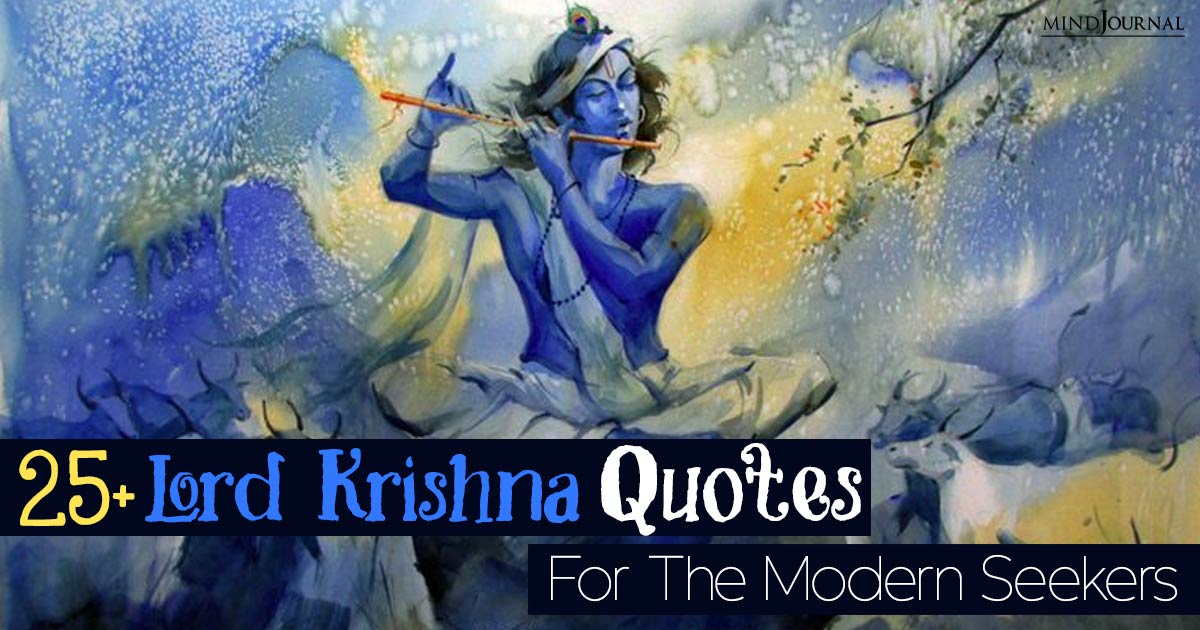
Leave a Reply
You must be logged in to post a comment.